Twenty to thirty million people are displaced every year by natural disasters.
During large disasters and crises there is a severe lack of basic information on the locations of affected people.
This prevents relief organisations from delivering the right amounts of supplies to the right places, even when sufficient resources are available.
Flowminder researchers pioneered the use of de-identified data from mobile operators to follow population displacement during the 2010 Haiti earthquake response.
Case studies
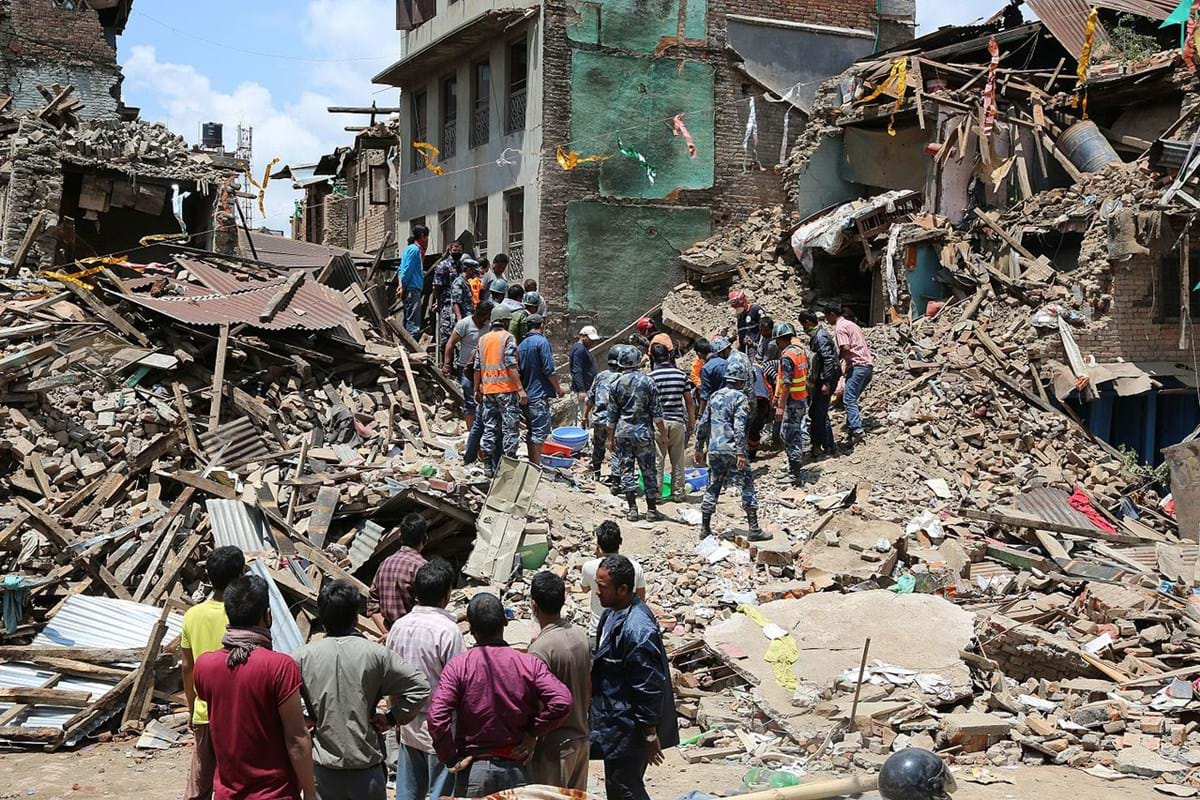
Monitoring population movements post disaster: 2015 Nepal Earthquake
Discover how Flowminder, together with Ncell, analysed de-identified mobile operator data to quantify the impact of the 2015 Nepal earthquake on population movements.
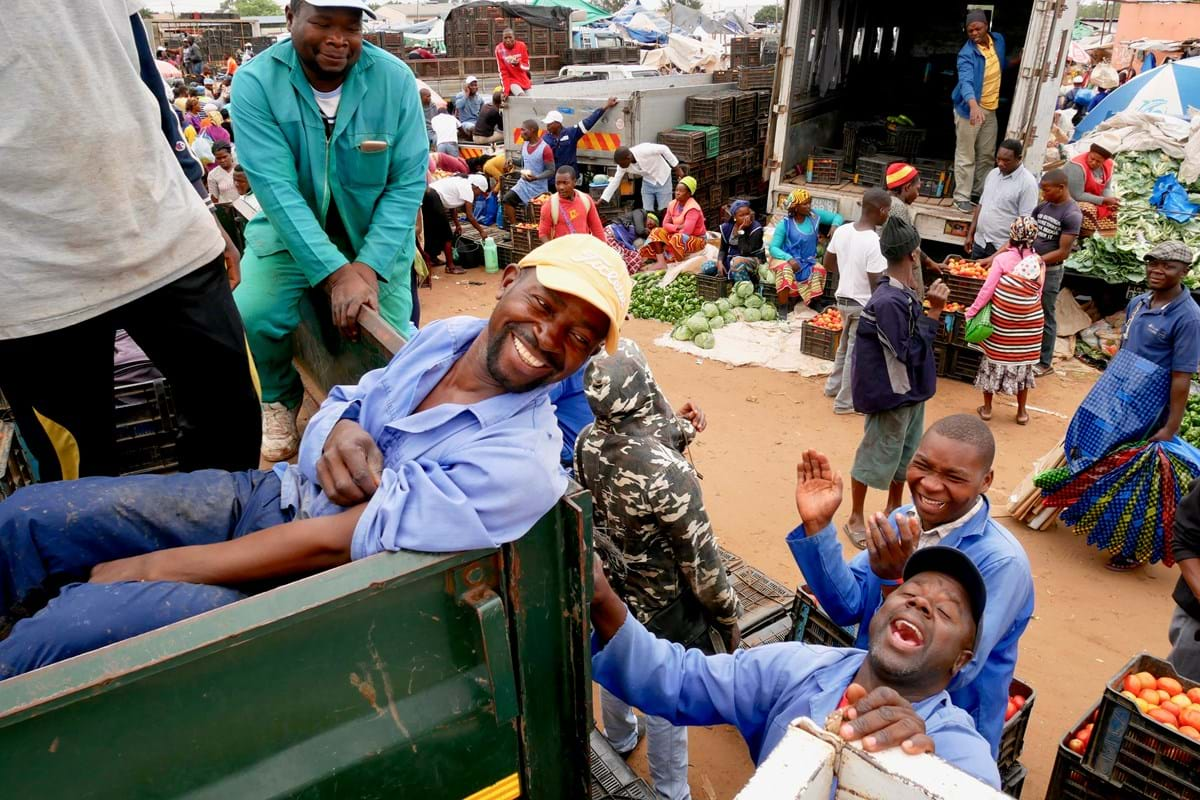
Strengthening disaster response and preparedness in Mozambique
Read about our collaboration with DIAL, network operators Mcel, Vodacom and Movitel, and mobile regulator ARECOM to strengthen disaster response and preparedness in Mozambique.
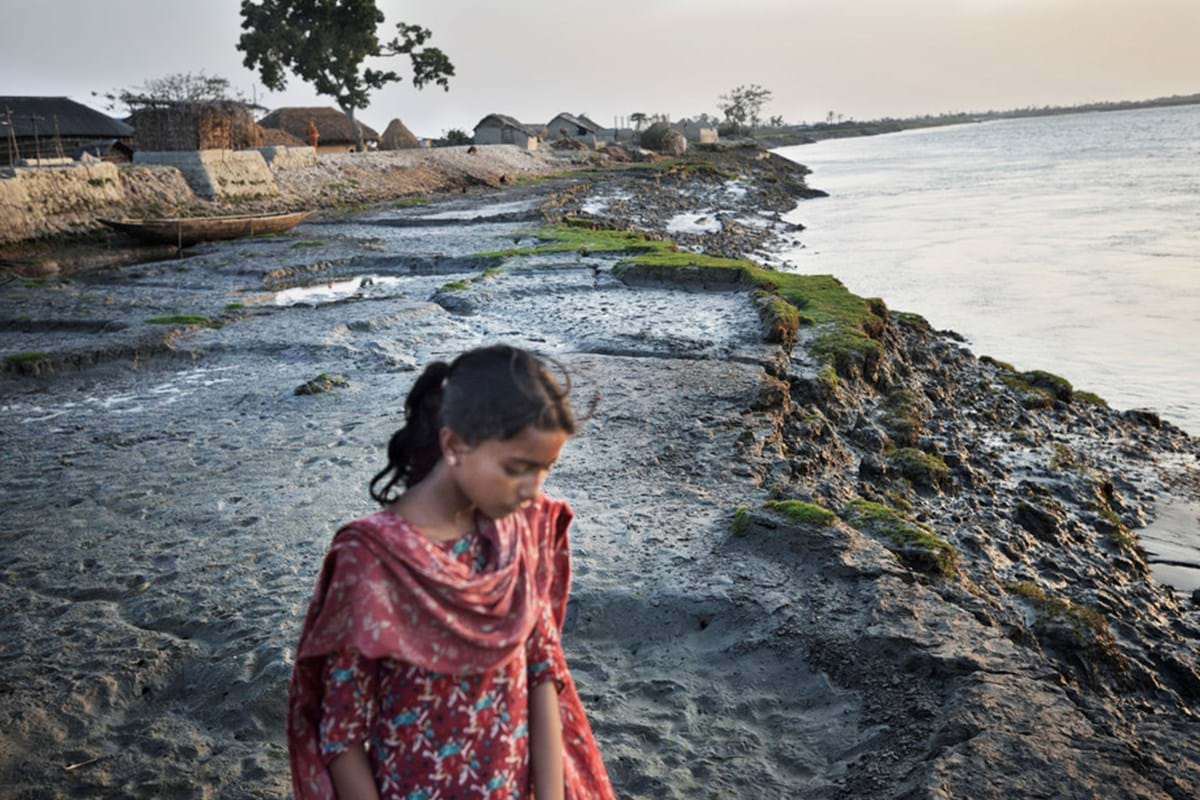
Understanding Climate Change and Migration Patterns in Bangladesh
Flowminder is researching methods using Mobile Phone Data to understand the long- and short-term effects of Climate Change and Migration Patterns in Bangladesh
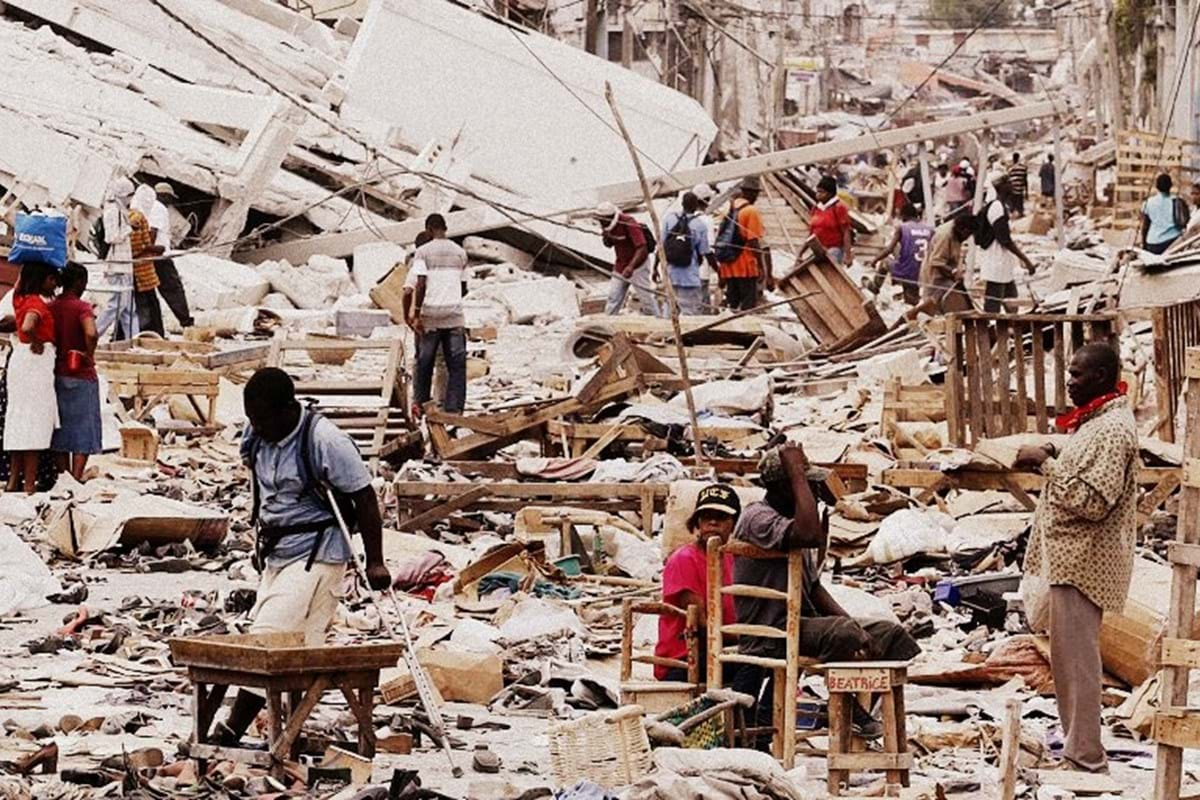
Using Mobile Operator Data during the Haiti Earthquake 2010
Discover how Flowminder in collaboration with Digicel, pioneered the use of mobile operator data to follow population movements after the 2010 earthquake.
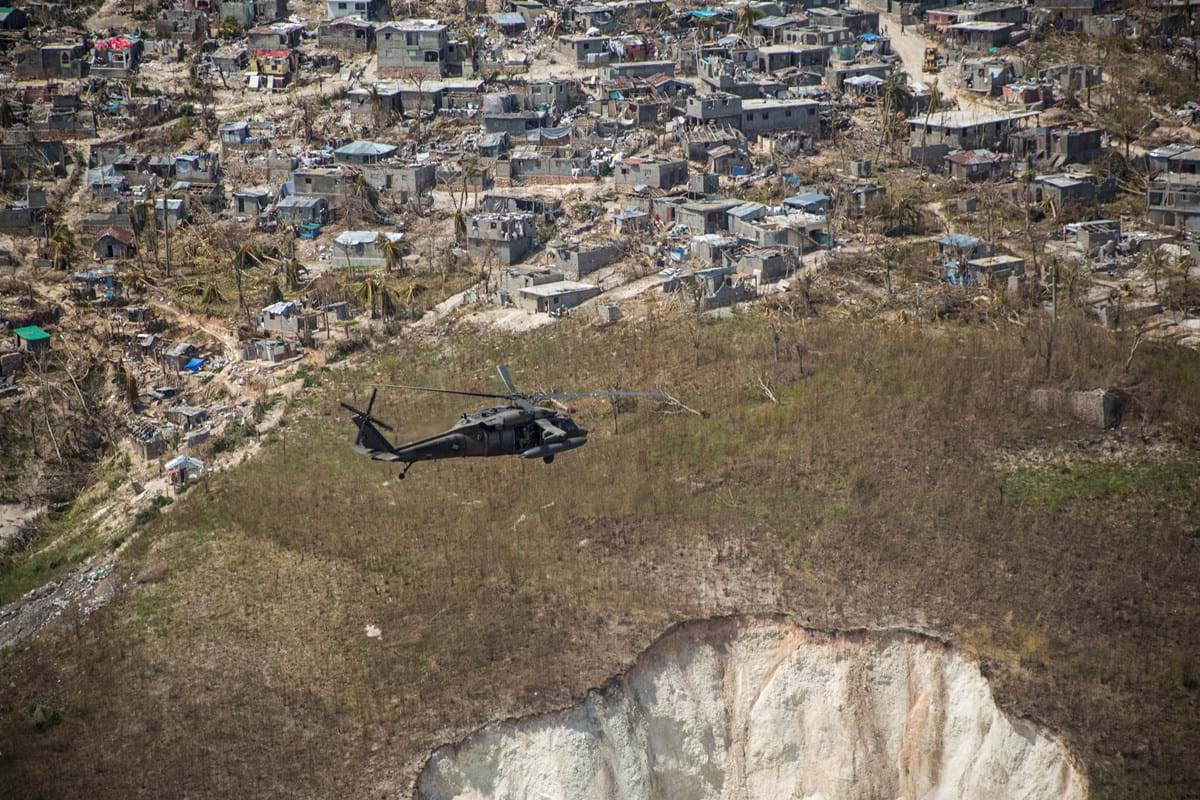
Haiti Hurricane Matthew 2016
Flowminder monitored population displacement and network functionality in relation to the Haiti Hurricane Matthew 2016.
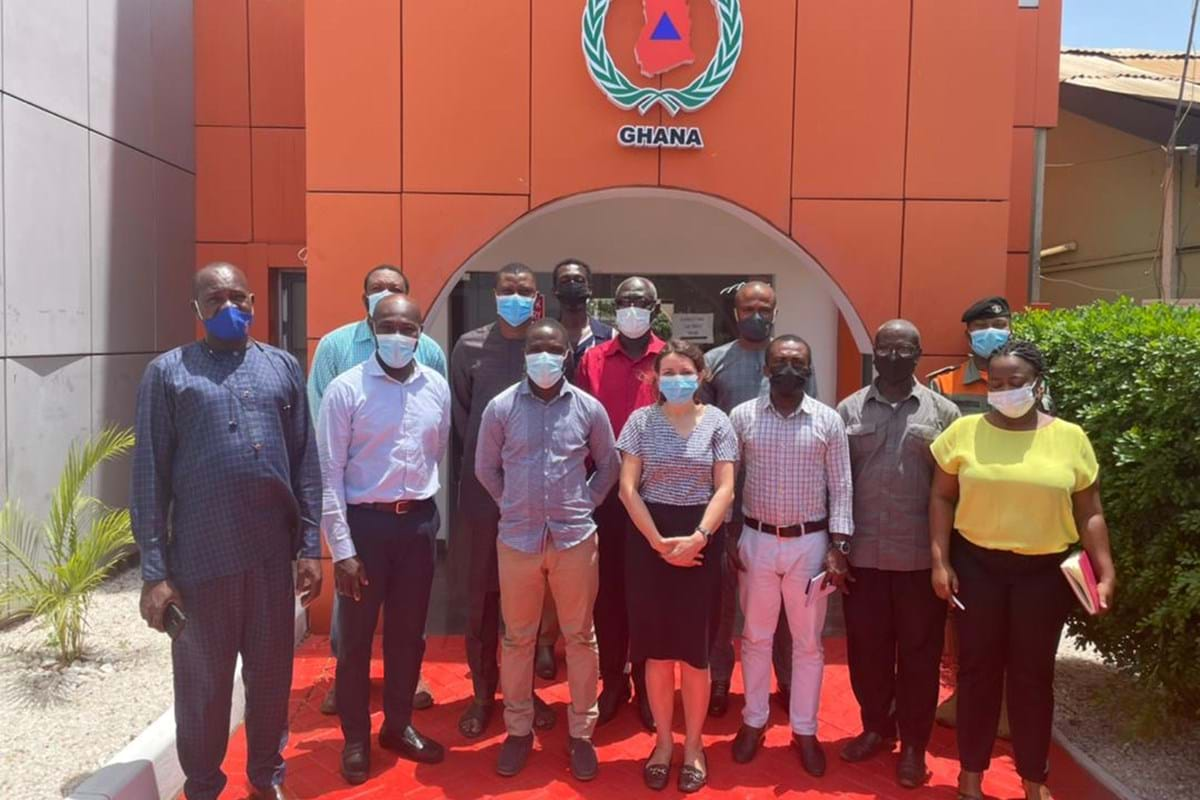
Dynamic hazard risk mapping in Ghana
Flowminder is working with NADMO to improve their predictive capability of populations at risk of disasters, through the Data for Good partnership with Vodafone Ghana & Ghana Statistical Service (GSS)
